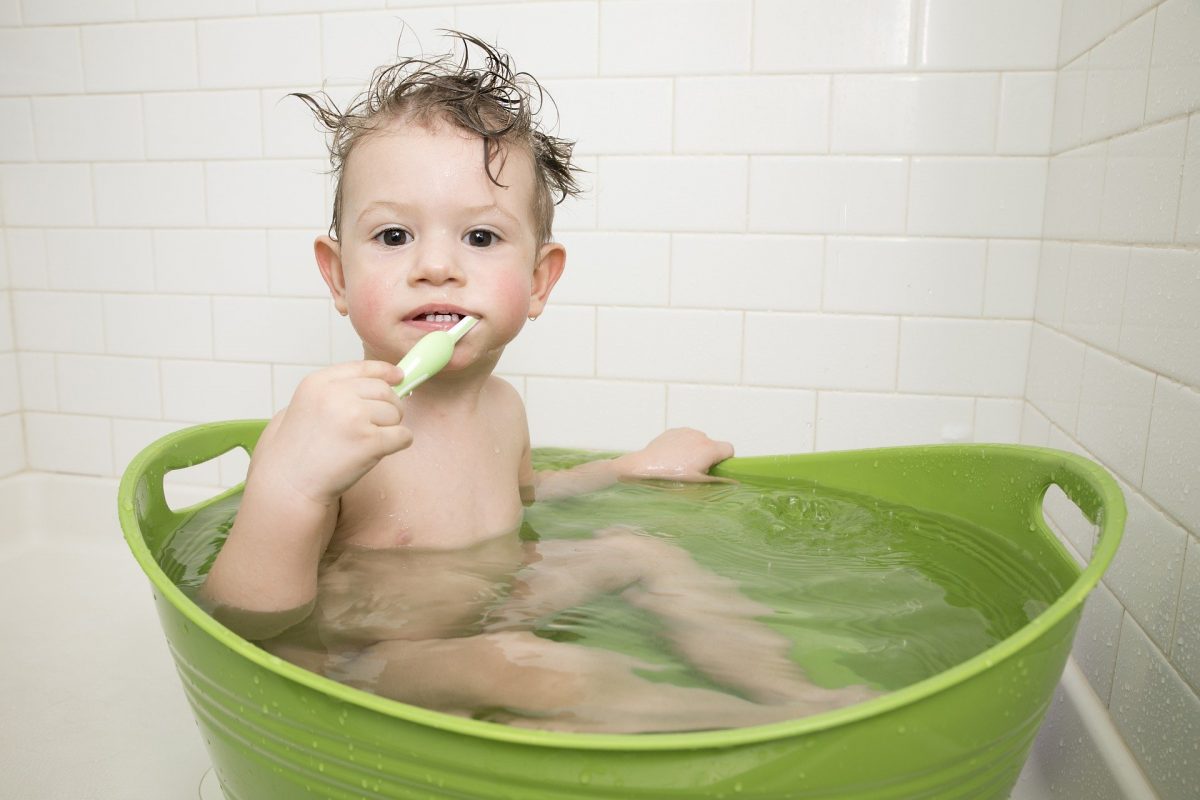With pools closed, schools closed and most other places our children usually visit, it’s time to get creative with our learning! Generally speaking, swimming requires practice in a pool, but when these facilities aren’t available there are alternatives you can try to keep those little ones thinking about their next lesson.
BEND, STAR, SNAP!
If you’ve been with the swim school from a young age, and especially if you are a swim teacher yourself; you probably speak these words in your sleep. The bend, star, snap process teaches children the basics of breaststroke. Sitting on the floor; encourage the child to tuck their legs into their chest (bend), then push outwards into a straddle shape (star) and finally SNAP! those legs together. Repeat a few more times to get that practice in. Check out these dry-land breaststroke drills to try!
I’m forever blowing bubbles
Smaller children will undoubtedly watch you in the pool and when they put their head in the water, suck instead of blow. This of course leads to choking and it’s fun for either of you. Next time you are in the bath, try encouraging your child to blow bubbles in the bathtub! Make it even more fun by encouraging them to blow louder bubbles, this could even turn into light competition between siblings.
Eyes in!
Some children, and even adults, can struggle putting their eyes into the water. It is a very natural fear as it can be frightening being underwater; especially when the clarity isn’t great (without goggles of in the bath). Try making this into a game. Start with “put your chin in the water…. put your ear in the water…. put your nose in the water…. put your EYES in the water!” check they can do each request and praise when they get it.
Walking/running/cycling outdoors
To keep that level of cardiovascular fitness up for swimming you will need to continue to exercise. Try swapping that swim for a walk outside with your child and encourage power walking – getting that heart rate up to improve cardiovascular fitness and stamina will work wonders when they can get back in the pool.
Strength and conditioning
Along with cardiovascular training, its important to remember to keep your body strong. In children; bodyweight and balance/co-ordination exercises will work wonders when they get back in the pool. Try this workout twice a week to encourage and stimulate the body.
10 mins – 30 seconds on each movement
WARM UP
jog on the spot
high knee run
toe touches
leg curls
STRENGTH
squats
press ups
rocket jumps
jumping jacks
BALANCE AND CO-ORDINATION
hop left leg
hop right leg
calf raises
tip toe walk
COOL DOWN/STRETCH
touch toes (hamstring stretch)
stretch (abs/whole body -reach high!)
chest opener (deep breaths)
shoulder stretch (each side)
deep breaths
Eat and sleep well
Remember to look after your nutrition and sleep whilst having time off from your swimming lessons. Ensure you are getting the right number of calories for your bodies needs, and fuelling with lots of fruit and vegatables to keep your vitamin levels high. Use the time to get good levels of rest and sleep and allow your body to recover in between those cardio sessions. The most important thing is to look after your body and mind whilst you have time off from swimming. It wont be forever and when we see you again; using the tips above, you will come back stronger than ever.
Visit our Swim School for more information




